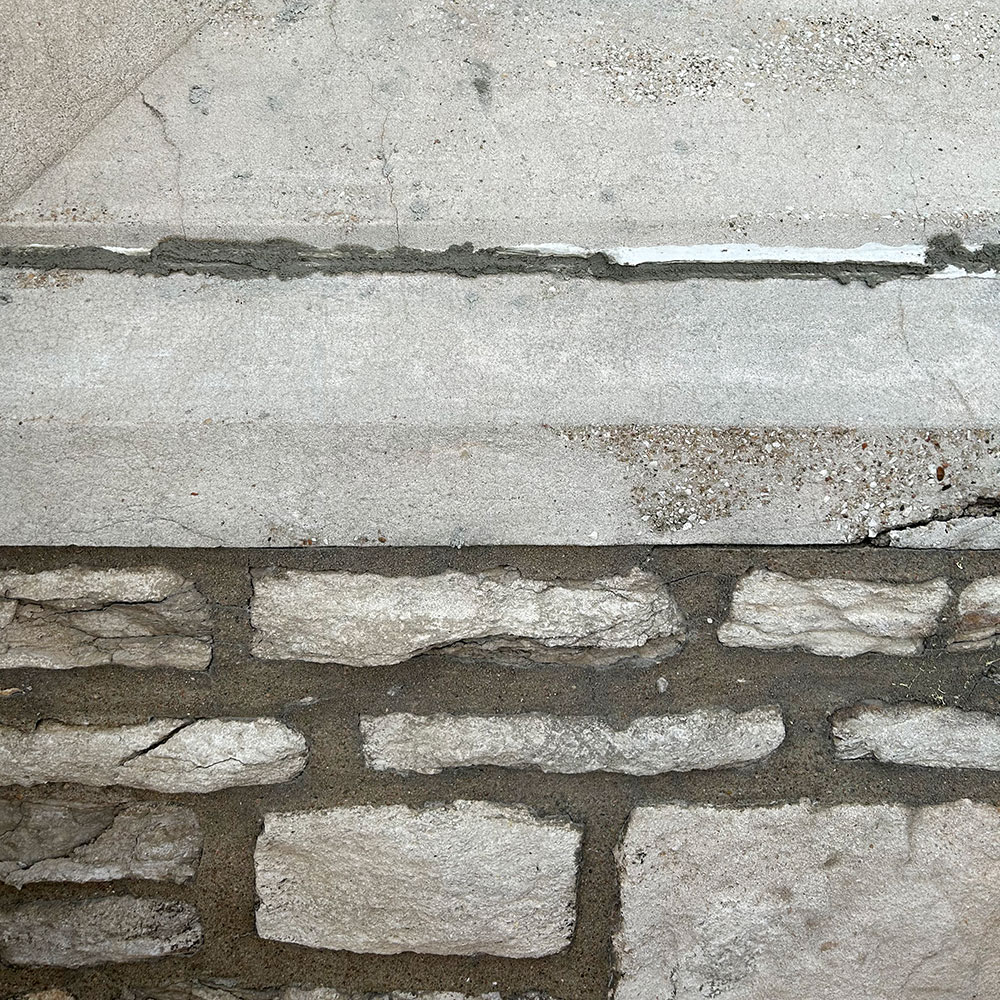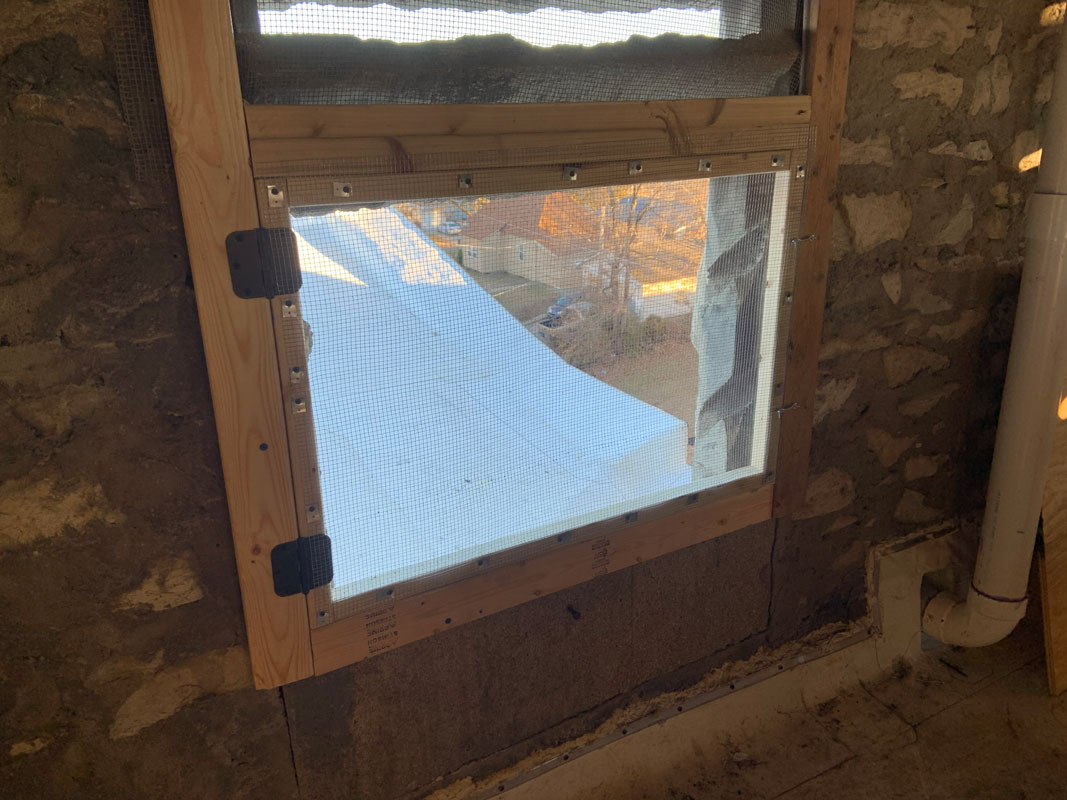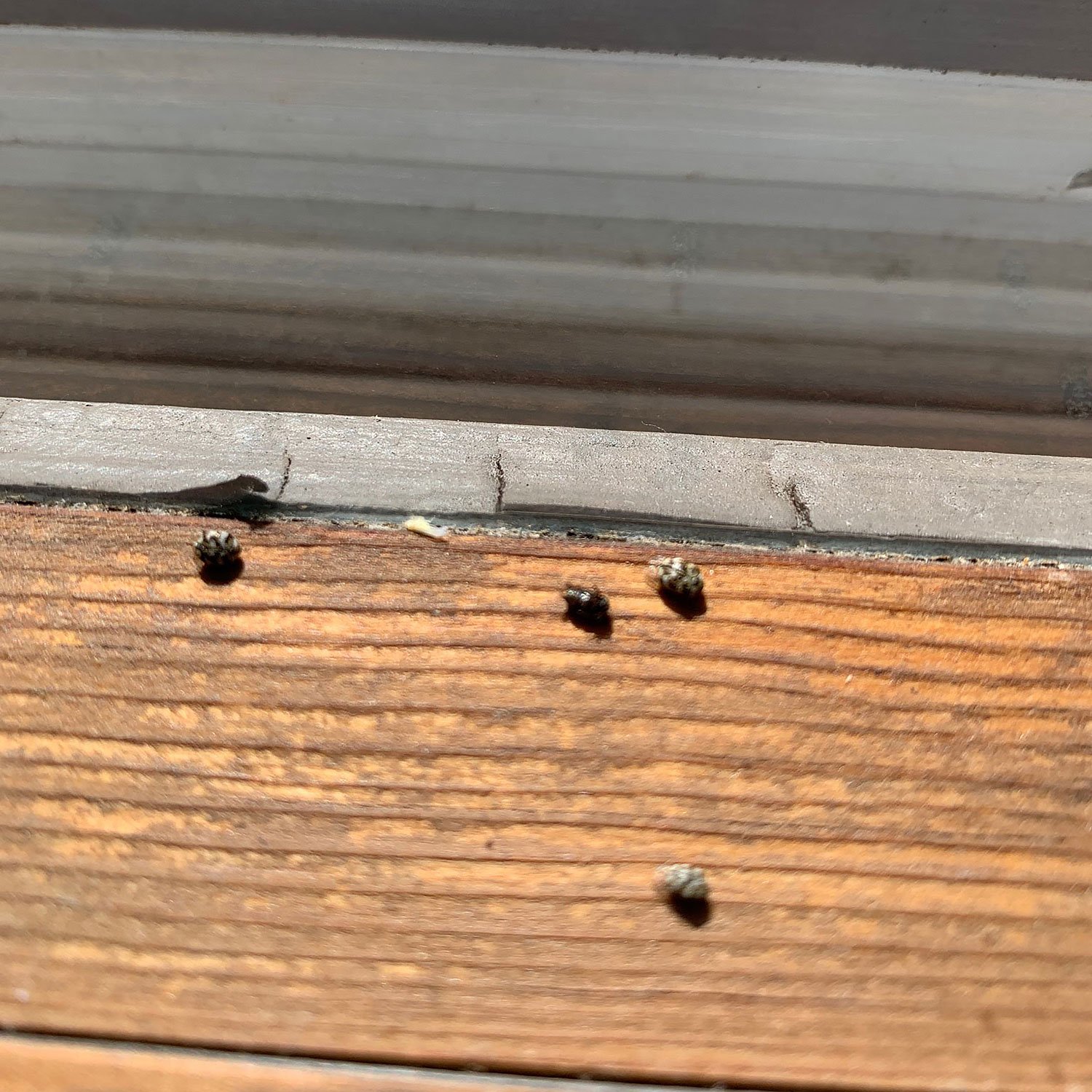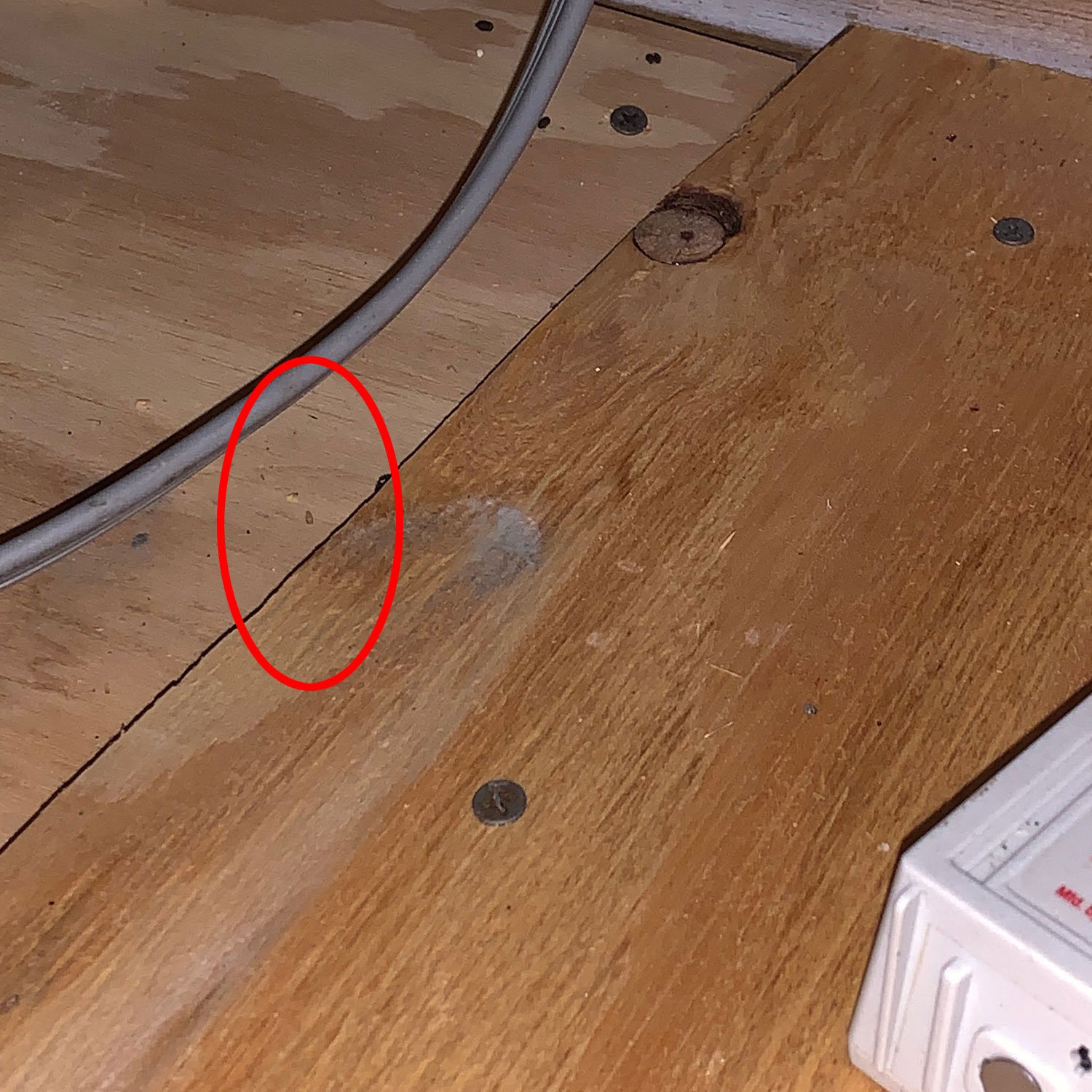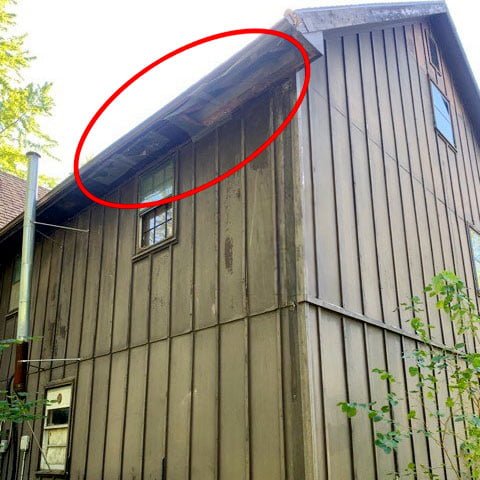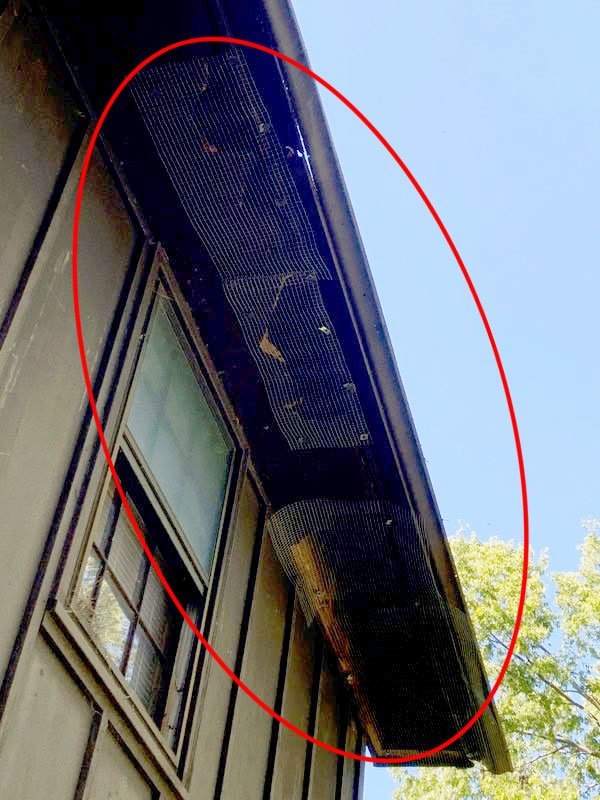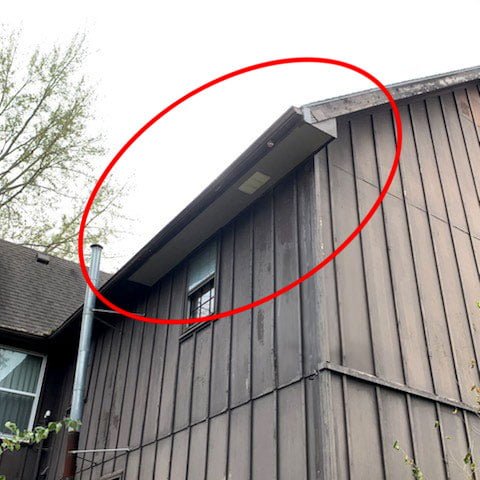Kansas City, Kansas, Pest Control and Wildlife Removal Company
Your Trusted, and Local, Professionals
If you have a pest (ants, termites, bed bugs, etc.) or wildlife (bats, raccoons, squirrels, snakes, moles, etc.) problem in your home and business – we can help. We pride ourselves on NOT being a national franchise. We are local professionals with a biologist on staff and have been providing service at reasonable prices since 1989. We are licensed, insured, trusted — and have over 500 positive Google reviews. If you need repair services along with wildlife removal: we are one of the few wildlife organizations in Kansas City that can provide quality repair services – saving you the hassle of finding and hiring a contractor.
If you need Kansas City wildlife control or pest control — give us a call at (816) 769-3106 or use the contact form. We will reply to your message.

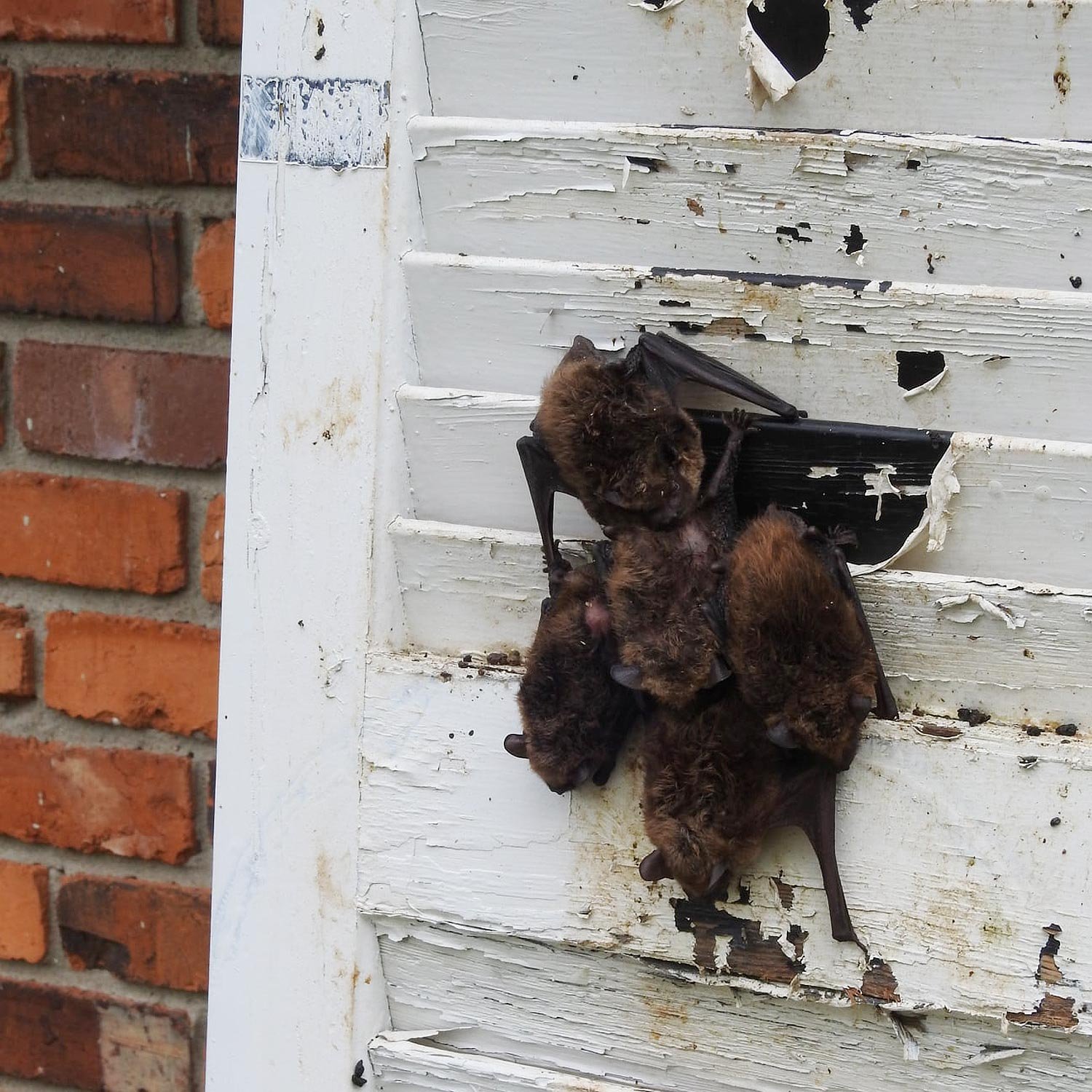
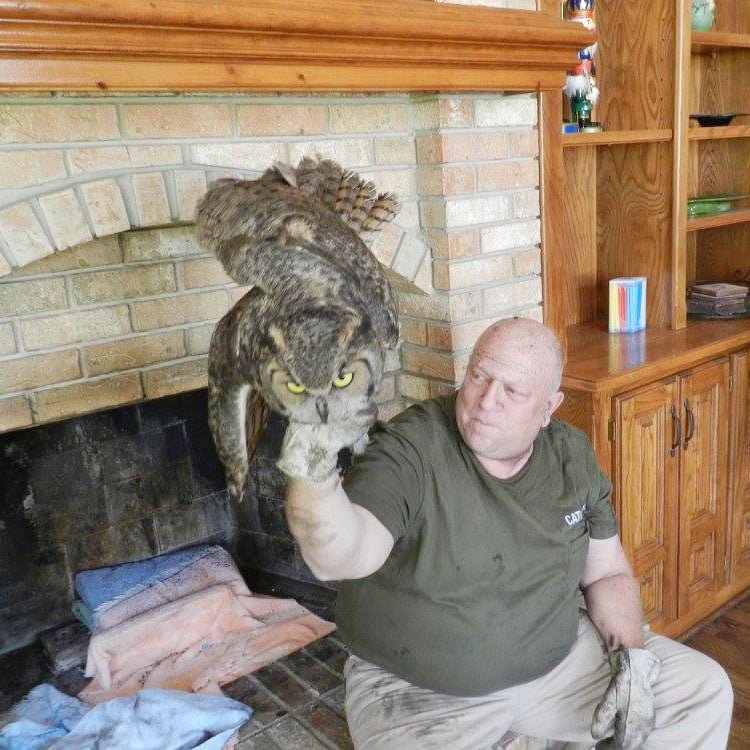




SOME of our Kansas City STORIES
National Franchise quotes $18k for attic insulation from mice ?! | Click to Expand
A KCMO homeowner called us because they wanted a second opinion before spending $18,000 with an unnamed National Franchise having their attic insulation replaced due to mouse droppings. First, I had to pick my jaw up off the floor. $18,000 for insulating a house? We've insulated businesses and churches that cost $18,000 or more, but a house? That sounds very high. Second, mouse droppings?! Sure, no one likes droppings, but let's be reasonable here: mouse droppings are not hazardous. When we say that bat and raccoon droppings/feces/guano are hazardous, we're not simply promoting our services or trying to scare people into calling us - bat and raccoon droppings are hazardous to humans. The CDC lists those hazards on their website. But mouse droppings? First, ok, yes, make sure you don't have active mice. Then second, sure, clean that "stuff" up where you see the mess - but you don't have to throw out thousands of dollars of insulation in your attic and bring in new insulation due to mice. As I said, the homeowner called us because they wanted a second opinion before spending $18,000 with the unnamed National Franchise. We offer free inspections for insulation estimates only. All our inspections include entering the attic to inspect for any signs of animal or pest activity as well as evidence of damage, such as wire damage, flex tube damage (very common if squirrels or raccoons are present), etc. Our job is to protect your home. Each technician will take pictures to show the homeowner what was found. We can email or text these pictures to the customer for future reference. We went out and inspected the attic and provided the homeowner with a report along with our recommendations. What did we find? Two little mouse droppings. That's it. This is not what would be considered an infestation, and even if there was a larger quantity let's not forget that, despite any type of waste being unclean and unpleasant, mouse droppings are not hazardous. You don't have to throw EVERYTHING out. Only in EXTREME situations would we even consider removing attic insulation because of a mouse infestation. The homeowner called us up later in the day, expressing appreciation for the professionalism and expertise demonstrated by our technician, and saying that they are ending their business relationship with the unnamed National Franchise and will only call us in the future for any type of pest or animal control need. What's sad about this situation is that this is not an isolated instance. We've heard and seen this before. It's too bad that not all businesses choose to conduct themselves in an ethical and honorable fashion. Whether the franchise was simply being greedy and purposely trying to take advantage of this homeowner, or whether the franchise innocently thought that mice droppings were hazardous and doesn't know what they are doing - neither one of those bodes well for the franchise. For us? What more can we do besides be here, and available. We're continuing to conduct business the way we have for over 30 years. We might be considered "old school" because we're not greedy and are not quoting high prices for unnecessary work and have spent years studying and gaining knowledge and experience in this arena, but we believe that, in the long run, this is the proper way to do business.
Removing Bats from a Kansas City, KS Historic Church | Click to Expand
This bat job was in a beautiful Kansas City, KS, historic church built in the 1920s. The architecture was stone masonry, and due to the building's age the mortar was falling out (1st photo). In addition, sometime back in the 1940's or even 1950's a flat roof was installed and some stone was cut so gutters could be added. However, when the hole was cut for the gutter pipe, the hole was cut too large (2nd photo). Bats don't need much space to get in, and that particular hole, plus the cracks in the mortar, gave the bats more than enough room to get in. The bats loved this particular church attic so much that there was actually a nursery colony present. While this is great for keeping down the resident mosquito population around the church, it's horrible for the interior (attic) of the building as the bat guano built up. The church had been converted into several entities: a women's shelter, and the church. The last thing a women's shelter or church needs is the health hazards that come from bat guano and the risk of airborne histoplasmosis infection - and bats were found throughout the building. This was a custom and fairly extensive job - and one thing we'll mention here is that for sealing cracks we were using mortar, not foam. Watch out for businesses that use foam for these types of jobs - foam is quick, easy, and cheap. Yet foam looks bad, birds peck it, and bats chew it - foam is a bad solution. We use quality supplies, and in this case, it involved mixing and applying concrete mortar (3rd photo) -- our repairs don't come in a can. This particular job required a lift so that we could access the points for entry of the bats. Oh, and we also tuck-pointed all the cracks around the entire church (tuck-pointing is process to refinish and repair mortar joints - in essence, refreshing the mortar). Not only were we repairing mortar and fixing the hole behind the gutter, but we also built and installed a custom screen door in the bell tower (4th photo) -- because the little details on a job matter. Previous repairs by building staff or other wildlife removal companies had involved putting up a piece of wire mesh screen in the bell tower, but that wasn't good enough to keep the bats out: they had many other access points. In addition, putting a screen up blocked access by maintenance staff to the bell tower. Our technician created a custom little manual screen door that allows access to the bell tower while keeping bats out. We sealed up all the access points except for several primary points that the bats were using to gain access to the building. At these points we installed one-way doors (which allowed the bats to leave but not enter again). When all of the bats had been removed we then removed the one-way doors and did the final repairs. We then removed all the contaminated attic insulation and bat guano. Then we were then able to replace the attic with new attic insulation to the proper R-value. The end result? The bats were safely removed from the building. All health hazards were mitigated and fresh insulation was installed. The exterior of the building was properly sealed. And all of this resulted in a happy customer.
A Carpet Beetle Infestation | Click to Expand
An Overland Park, Kansas, homeowner contacted us regarding a beetle infestation. She had literally hundreds of beetles in her window and wasn't sure what was going on. She had already cleaned most of them up when we took our photo (1st photo) The beetles were carpet beetles -- dermestidae beetles to be exact. These little beetles are only about 1/8th of an inch long when full size (the 2nd photo shows the beetles a bit closer, although the focus was slightly off), and tend to feed on dry organic material. This story is a good example of why pest control isn't about simply spraying chemicals all over the place (please DON'T ever hire a pest control company that simply sprays everywhere!) - it's more often about understanding insect behavior and habitat, combined with a solid and careful inspection, and from that comes a treatment plan. The window the beetles were in was the warmest, most sun-exposed window of the house --- they were trying to get out of the house. Without finding any signs of beetles upstairs or downstairs we knew the source was the main floor. During the course of the inspection, our technician spotted a single beetle under the sink (3rd photo) and knew he was on to something. We soon had solved the puzzle. About a year previously, the homeowner had a problem with mice and had purchased several DIY mouse bait stations. These bait stations are sealed. However, we handle professional mouse and pest removal and know what is inside of DIY mouse bait stations: dry organic food to attract mice. We opened the mouse bait station and instantly found the source of the beetle infestation. We removed all of the DIY mouse bait stations and did some limited spraying. Problem solved with no recurrence.
Reparing raccoon-damaged soffit in Kansas City | Click to Expand
This call came in from Kansas City, Missouri. Raccoons had gotten into the soffit and attic areas of the home. We started by removing the raccoons, and then installed some mesh to temporarily seal the damaged soffit. One of the advantages to working with us is our flexibility. In this case, the homeowner's sons were going to handle repairing the soffit so that the raccoons would not reenter the attic. We don't require you to use our services for everything - we're here to help with whatever you need. Over time, though, the family ended up not having the time or technical expertise to repair the soffit. The customer called us again to ask if we were still willing to repair the soffit. Absolutely. It didn't take us long to repair the soffit (we've done this type of work many times before). We removed the old water damaged soffit and fascia boards and replaced everything with new so that the homeowner would not have to worry about the raccoons reentering her home.
Our Kansas City, KS, Services Include:
Contact Us Today in Kansas City
Feel Comfortable In Your Home Again
Hi there, I'm Steve, the Owner of Catch-It, and I personally handle all incoming inquiries from the website. If you have a question or need help, send me a message via the form below and I'll be in touch with you soon (often the same day). If your query is urgent, please give us a call at (816) 769-3106.
Why Choose Catch-It?
Over 30 years in business and 500+ Google reviews!
You can call a big national franchise with high employee turnover and inflated prices - or you can call us, local experts who have been doing this for almost 35 years and have thousands of satisfied customers here in Kansas City.
We love animals!
We love animals, which is why we have a biologist on staff. Before hiring any Wildlife Control company (whether they are a National Franchise or a small one-person operation that's been in business 2 years) you should ask if they have a biologist on their team!
We love animals and want to see them live happy, safe lives. Our preferred method of animal control is always safe and humane relocation. If lethal methods are required we carefully utilize humane methods approved by the American Veterinary Medical Association.
True experts!
We can identity different types of animals, often by reviewing the damage our customers have experienced. The mitigation/removal approach we take varies per animal, species, and even customer. We have been doing specialty wildlife and pest control work for decades and have seen it all. We've solved every animal and pest problem that exists -- don't hesitate to reach out and let us help you.
Kansas City, KS, City Information and Sources
Kansas City, Kansas, a city with a rich tapestry of history, culture, and vibrant community life, offers a unique blend of urban and natural experiences. Founded in 1838 and officially incorporated in 1853, Kansas City, KS, is the third-largest city in the state of Kansas, serving as a significant economic and cultural hub. With a population of over 150,000, it boasts a diverse and multiracial community, contributing to its dynamic and inclusive atmosphere.
The city is renowned for its pivotal role in the development of jazz, with legends like Charlie Parker and Count Basie marking its contribution to the music scene. Kansas City, KS, is also celebrated for its barbecue cuisine, offering an array of mouthwatering dishes that attract food enthusiasts from all over. The Kansas Speedway, a major NASCAR racetrack, and the 1,805-acre Wyandotte County Park, the largest urban park in the United States, are among the city’s main attractions, providing residents and visitors with a variety of recreational activities.
Wildlife in Kansas City, KS, and the surrounding areas, includes deer, bobcats, coyotes, and a diverse range of insect species, highlights the city’s rich biodiversity. Being located in the Midwest, Kansas City also has its fair share of nuisance wildlife such as raccoons, squirrels, opossums, bats, and birds such as geese and sparrows. We are a part of local and state efforts to help maintain a healthy coexistence between residents and animals.
Kansas City, KS, stands as a testament to the harmonious coexistence of urban development and natural preservation. Its welcoming community, economic opportunities, and commitment to cultural and historical preservation make it an ideal place for those considering making the city their home.
Sources:
- https://www.wycokck.org/Home
- https://www.wycokck.org/Engage-With-Us/Calendar-of-Events/Good-Bad-Bugs-Found-in-Kansas-Environments
- https://www.wycokck.org/Government/About-WyCo-and-KCK/Facts
- https://www.wildlife.k-state.edu/species/
- https://facts.net/world/cities/40-facts-about-kansas-city-ks/
- https://www.kckschools.org/
- https://www.kckcc.edu/
- https://www.wyedc.org/our-talent/major-employers/
- https://data.census.gov/profile/Kansas_City_city,_Kansas?g=160XX00US2036000
Frequently Asked Questions
Do you have the proper insurance to protect our home or business?
Yes, we carry Workmen Compensation and General Liability insurance of $1 million.
Are you properly licensed to do Wildlife Control work?
Yes, we are licensed as required by any state and comply with all municipal, state, and federal laws.
What type of training do you and your technicians have?
Most of our Wildlife Technicians have a Wildlife Biology Degree, Biology Degree, Wildlife Management Degree, or degree in a very similar or relevant field. We also understand that learning is a never-ending process. We strive to keep abreast of the most recent technologies and techniques for resolving wildlife conflicts. The President of Catch-It Wildlife Damage Control, Inc. has been trapping for over 30 years and started the company in 1989.
Will you do an inspection of our home to find what and where the problem is?
Yes, we do a complete and thorough inspection of the exterior portion of the home. We may also check the home from the ground or roof if it is necessary. We will do whatever is needed to resolve your problem. If any other problem is found during this inspection, we will inform you of the situation and resolve the issue if requested. Examples would be bird entry points or any other animal infestation point.
Will you inspect the attic also?
Absolutely, we will check for any wiring that may have been gnawed on by animals or damaged by pests. We will notify you of any other problems immediately after we discover them. (keep in mind that, while we do check for wire damage and we can handle general construction repairs, we are not electricians and do not handle electrical repairs)
Can you repair the damage done to my home by animals or pests?
Yes, we can complete most repairs. We install sheet metal over points of entry to prevent any future infestations. We also install chimney caps, roof vents, weather stripping, screen louvered vents, replace wood shingles and install bird-proof covers over dryer and bathroom vents. Of course, this is only a sampling of what we may do – we will do whatever is necessary within our means to repair the damage.
Do you use lethal methods on wildlife?
Yes, we use lethal and live trapping methods. In most situations the lethal methods are the most efficient. Also, by using this method there will be no fear of the animal returning to cause further problems for you or your neighbors. Lethal methods are the norm in the wildlife control industry.
When an animal is caught when will it picked up?
Traps are checked 7 days a week, once every 24 hours. Customers are asked to contact their Wildlife Technician once an animal is in a trap that has been placed. If you contact your technician, the animal will be picked up the same day and usually within thirty minutes to an hour. Times may vary, yet picking up animals as quickly as possible is one of our top priorities!



